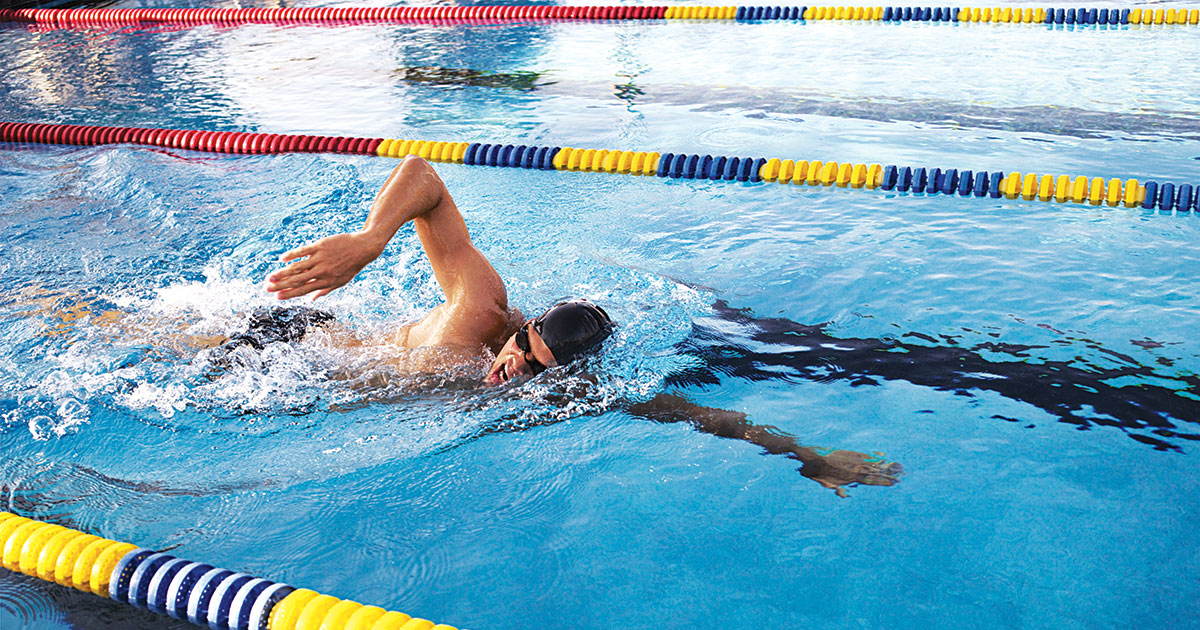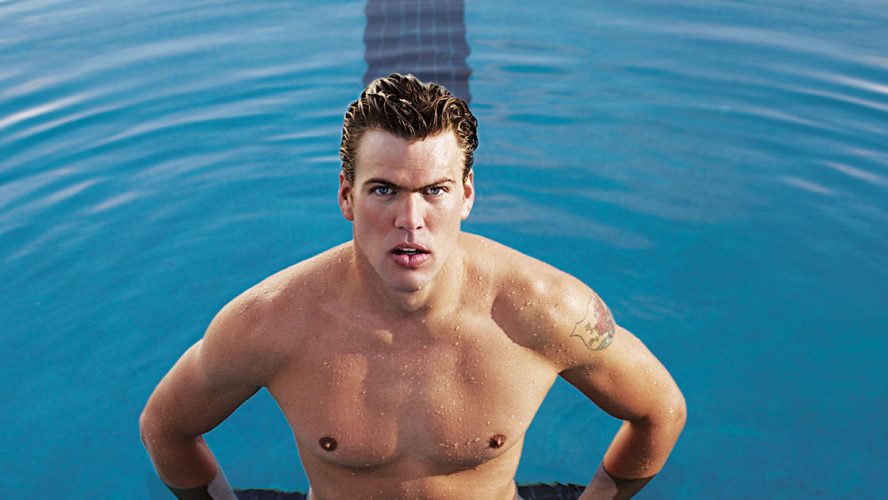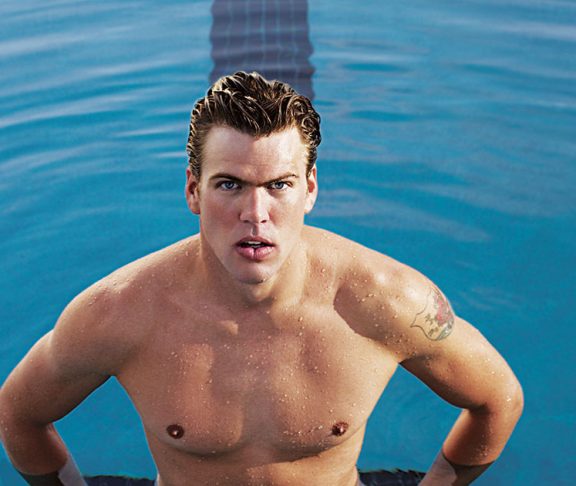We talked to former Olympic swimmer Gary Hall Jr. about swimming competitively as an unexpected Type 1 diabetic and how the diagnosis brought positive change to his life.
Tell me about your diagnosis and what it meant for you as an athlete.
I didn’t understand the difference between Type 1 (autoimmune attack) and Type 2 (lifestyle-related insulin resistance) diabetes. I was a world-class athlete focused on health and performance. There was no family history of diabetes. Over the course of a month, I experienced the symptoms and eventually collapsed. With an unexpected diagnosis, I was told by doctors that it would be the end of my swimming career.
How did your athletic background impact your outlook on diabetes?
Fast swimming is achieved by logging countless laps in practice. Ninety-nine percent of a swimmer’s career is not glamorous — it’s consistency and hard work. Similarly, proper diabetes management is achieved through countless finger pricks and insulin injections. I knew that if I wanted to compete with the best athletes in the world, I had to have near-perfect diabetes management and a near-perfect swim.
What is one thing you would like readers to know about the relationship between Type 1 diabetes and exercise?
Exercise is medicine. Whether you have Type 1 or Type 2, exercise is critical to managing diabetes. Many Type 1s are overweight and we are seeing a double whammy of Type 1 with Type 2-related injected insulin resistance. When exercising with diabetes, consistency is the key. Light exercise done every day is better than intense exercise three times a week. Two or three times a week cause blood glucose levels to fluctuate dramatically. That glycemic roller coaster scares people away from exercising.
You were told by your doctors that you would never swim again. How did you let this motivate you while still keeping your overall safety in mind?
Being told I would never swim competitively again did not motivate me at all. I was suicidal. When I first started back, it was with reckless determination that I would live my life as I had until complications showed. With time and the stages of processing grief, I realized an opportunity to make that terrifying diabetes diagnosis a little less scary for kids. That seemed like a noble pursuit — more noble than winning swimming medals.

How did you handle your rising and falling blood sugar levels while in competition?
I did my best and wasn’t always successful. I never wanted to use diabetes as an excuse, but there were races that I came away from saying, “I’ll never do that again.” I’ve never shared with anyone before that my blood sugar levels were dangerously high for the 4×100 freestyle relay in Sydney (my first Olympic race with diabetes). We lost that race and I’m pretty sure I had ketoacidosis.
I have no recollection of receiving the Olympic gold medal in the 4×100 medley relay in Sydney. A team manager found me barely conscious. My blood sugar level was 28.
After treating low blood sugar before my race with three bottles of Powerade at the Goodwill Games, I threw up in the middle of the 50-freestyle race. The underwater camera caught a technicolor stream out of my lane. I still managed to place second in that race.
What was the hardest part about your diagnosis both in and out of the pool?
In 2000 and 2004, I was healthy enough to win individual gold medals at the Olympics Games, but I was not healthy enough to purchase health insurance. Being self-employed, I’ve paid close to $40,000 a year for insurance prior to the Affordable Care Act. The insulin I use can cost over $1,000 for a month’s supply of a drug that has been around for ages. We need to reel in drug pricing and stop exploiting the sick.
Were there any unexpected positive changes in your life post-diagnosis?
Everything in my life is different because of diabetes. In addition to the incredible honor of representing the United States, I was able to represent people with diabetes. I proudly serve as Vice Chair of the Sanford Health International Board and the National Youth Sports Health and Safety Institute Leadership Board. I’ve twice testified before Senate subcommittee hearings, am part of the Aspen Institute Sports & Society program and contributed to the International Olympic Committee Consensus Statement on Youth Sport.
These efforts [teach] doctors, parents, coaches and athletes that diabetes is manageable. I am proud to let the world know that a person living with a potentially devastating chronic health condition can also be the fastest swimmer in the world and make it into the Olympic Hall of Fame. Ultimately, that makes a Type 1 diabetes diagnosis a little less scary for some kid and their family. That is something that I can be proud of.

